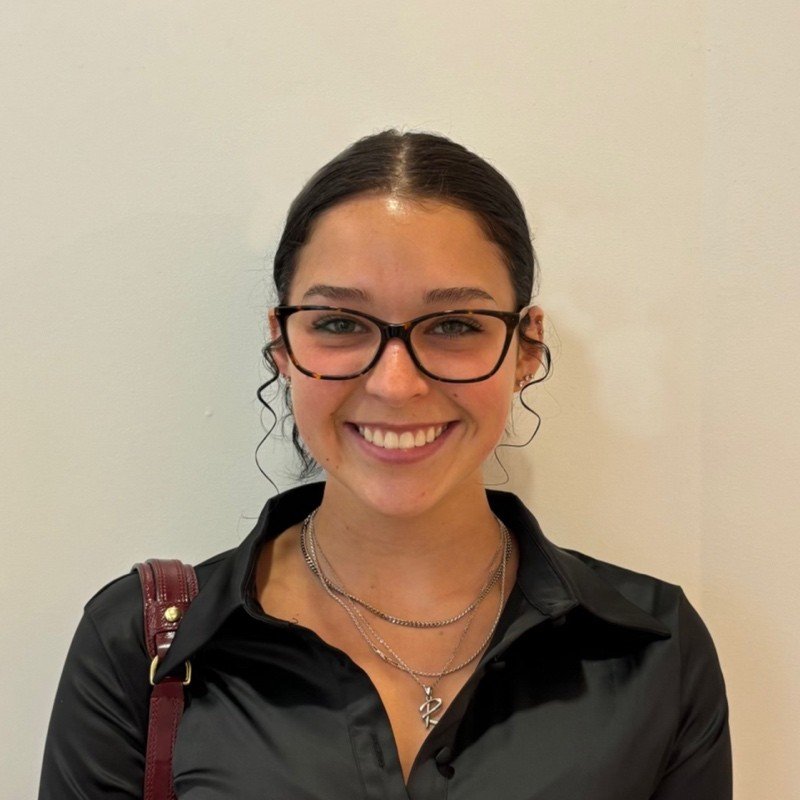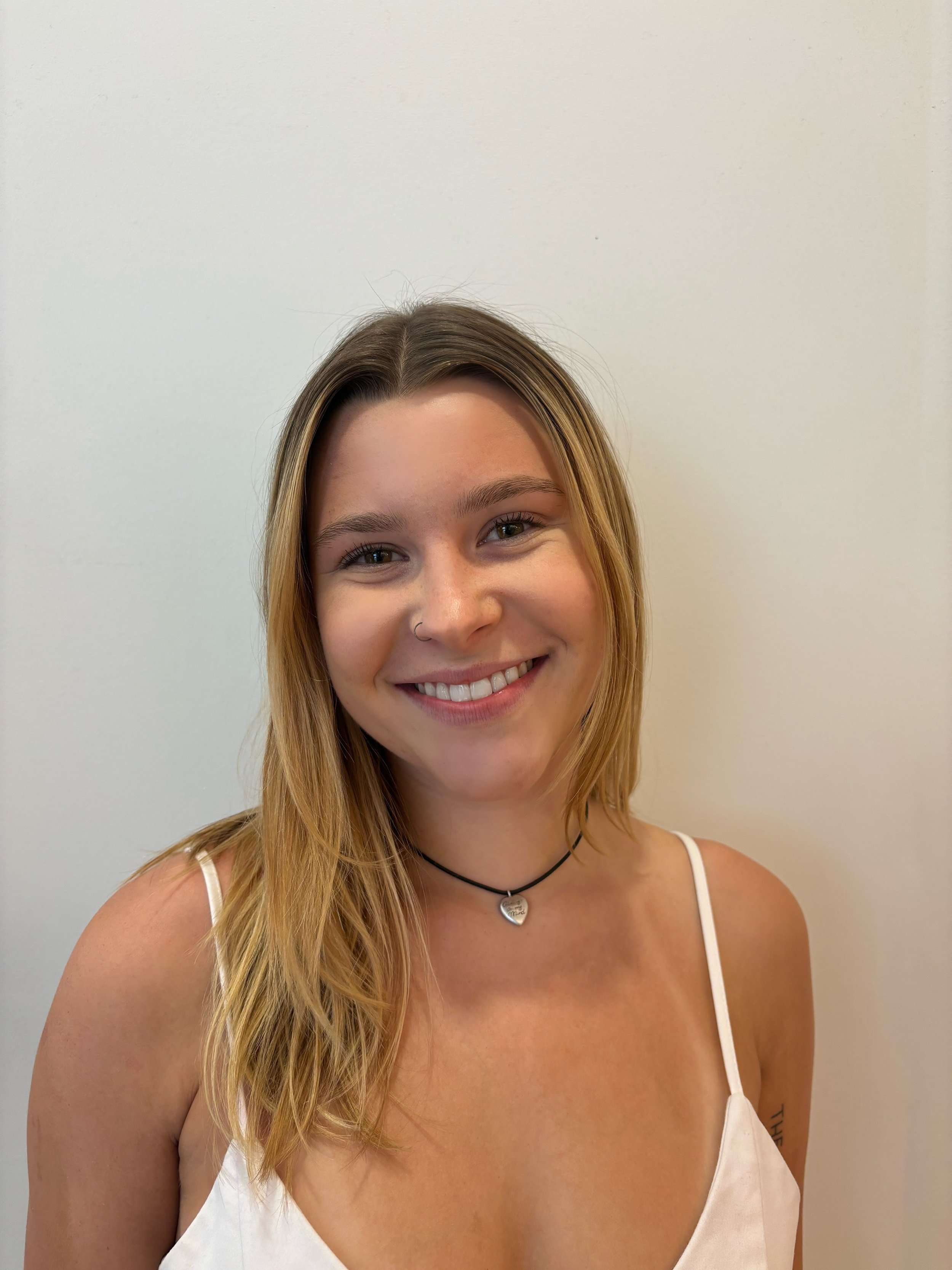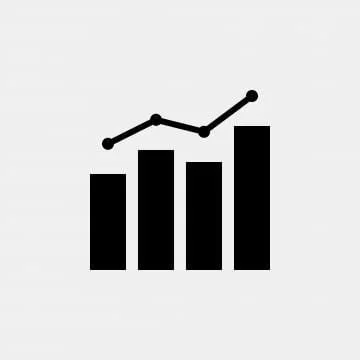
Cultural Research Project
The Ask
To forecast a cultural shift or innovation that will achieve mass adoption within five years by analyzing today’s zeitgeist and applying the 9 Key Drivers to identify how societal, technological, and consumer behaviors are evolving.
Meet the Team
-

Carmella garner
-

Greyson Foster
-
Reagan palik
-

Quinn King
-

Rhianna Holdren
Skills Used
THE PROCESS
Ideation
Research
Iteration
presentation
Ideation
Our project began with a collaborative ideation process rooted in the observation of the current cultural zeitgeist. As a team, we were deeply interested in the intersection of creativity and emerging technology—specifically, the rapid integration of artificial intelligence across artistic fields. We discussed how AI is no longer just a tool but a creative collaborator, and how the role of the artist is evolving as a result. From the start, we were aligned in the belief that art today is becoming increasingly immersive—blurring boundaries between viewer and experience, product and emotion.
We examined shifts in how audiences engage with content, noting that consumers are gravitating toward experiences that are emotionally resonant, sensorially rich, and technologically enhanced. These insights informed our decision to focus on AI’s transformative impact on the creative industry. Our ideation process was grounded in trend analysis, open dialogue, and instinctive exploration of how storytelling, design, and innovation intersect in a digital-first world.
Research
Research was a critical pillar of our project and my primary contribution to the team. I led efforts to contextualize our concept through both historical and contemporary lenses, utilizing VCU’s research databases such as Britannica, Women’s Wear Daily (WWD), Statista, and more. These resources helped us uncover the evolution of artistic expression through technology, from early digital tools to the current wave of generative AI.
One area I focused on was understanding how today’s consumer responds to immersive experiences—particularly those that invite emotional connection or foster escapism. We studied behavioral patterns and consumer psychology, which allowed us to ground our idea in market reality. I also examined case studies, including the Van Gogh Immersive Experience, which served as a key reference point for our project. It exemplified the growing desire for art that is felt, not just viewed—an insight that aligned directly with our vision of AI enhancing not only artistic production but also emotional impact.
Through this research, I was responsible for identifying supporting data, forming the critical framework of our concept, and ensuring we had credible sources to back our claims. My contributions shaped the narrative and ensured our work was both relevant and evidence-based.
Iteration
As we transitioned from research to execution, design became our primary tool for bringing the concept to life. Our group focused heavily on how visual storytelling could communicate both the immersive potential of AI and its emotional, experiential resonance with modern consumers.
We selected a futuristic and luminous color palette—rich gradients, bold purples, electric blues, and radiant pinks—that reflected both the digital nature of AI and the atmospheric tone of immersive art. These colorways were chosen not only for visual impact but also to evoke a sense of curiosity, wonder, and innovation. We wanted our audience to feel transported, as if stepping into a future shaped by creative intelligence.
In terms of visual design, we prioritized sleek, editorial layouts and strong typographic hierarchy to reflect the sophistication of the luxury and tech spaces we were referencing. Tools such as Adobe Illustrator, Express, and Photoshop were integral throughout this phase, allowing us to experiment with motion, layering, and structure until our designs aligned with the essence of our research.
Our design decisions were deeply rooted in iterative research. As we continued refining our direction, we revisited consumer data, case studies, and historical trends to ensure our visual storytelling aligned with the larger cultural narrative. My role throughout this stage was central—I synthesized our findings from platforms like Women’s Wear Daily, Britannica, and Statista to inform both design tone and consumer relevance. We examined how AI enhances not just product creation, but the user’s journey and emotional connection to brand experiences.
The immersive Van Gogh exhibit served as a visual and experiential benchmark. It underscored how multisensory environments can transform passive viewership into active participation—an idea we carried into our final visual concept. From layout decisions to color psychology, every element was guided by our research-backed understanding of the emerging consumer's desire for more than just a product—they seek meaning, emotion, and immersion.
Presentation
The final stage of our project culminated in a live group presentation delivered to our classmates, professor, and visiting faculty. This was an opportunity not only to showcase our research and design work but also to clearly communicate the depth of our cultural forecast and its real-world relevance. We carefully structured our presentation to walk the audience through our ideation process, highlight our use of data and research, and visually illustrate our concept using compelling design elements. I contributed significantly to presenting our research findings—explaining the significance of AI in the creative industry and how our trend ties into broader cultural and technological shifts. Presenting in front of an academic audience challenged us to be articulate, cohesive, and confident in defending our ideas, reinforcing our ability to translate complex insights into a clear and engaging narrative. The experience strengthened my public speaking skills and demonstrated the importance of collaboration, preparation, and visual storytelling in making a lasting impression.
the outcome
View Here
-
View Here -
Our final outcome was a cohesive, research-driven presentation forecasting the mass acceptance of immersive exhibits in art museums as a dominant cultural trend within the next five years. Drawing from historical references, consumer behavior data, and the evolution of technology—particularly AI—we proposed that the future of creative industries lies in experiences that merge interactivity, emotion, and innovation. Our visuals, data, and narrative worked in harmony to support this prediction. The presentation was well-received by our professor and faculty, and our team earned the highest grade in the class—a 98—reflecting the strength of our concept, research, and execution. This outcome validated our collaborative efforts and deepened my confidence in presenting complex cultural insights through compelling storytelling and design.











